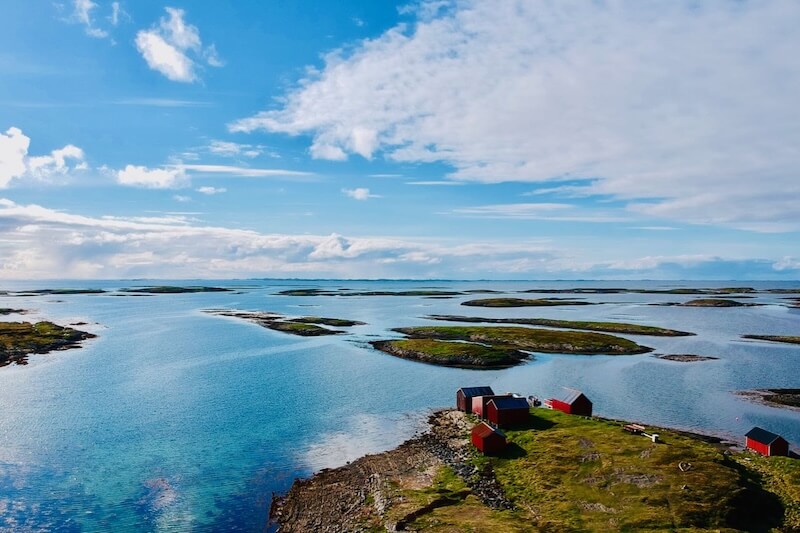
Pedalling to the Edge: Norway’s Hidden World Heritage Archipelago
There’s a point, somewhere off the Helgeland coast, where the mainland disappears behind you and the islands begin. Not the tourist-trodden kind with waffle huts
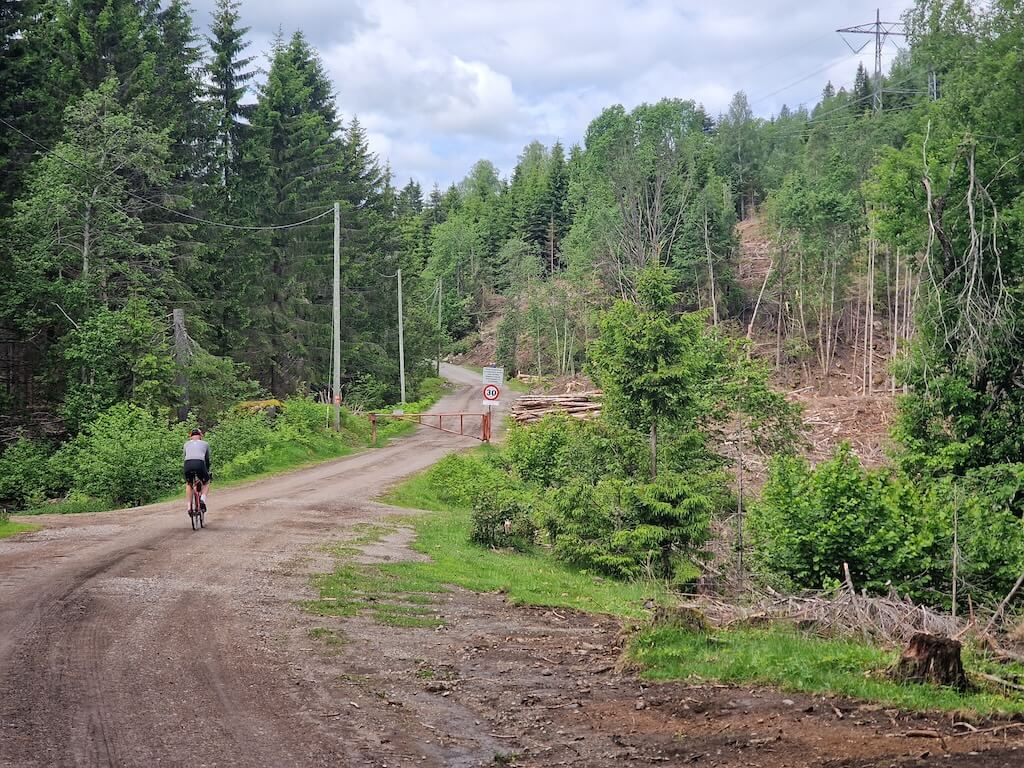
I’ve lived in Oslo for years. Long enough to know that escaping the city by bike usually involves a frustrating mix of tarmac, traffic lights, clumsy junctions, and cycling signs that seem designed to get you lost. Over time, I’ve taken countless routes out of town, each one promising something different but delivering much of the same, concrete and confusion.
That changed this year. I started paying closer attention to the gravel roads that skirt the edges of the city. Most riders know the ones that take you deep into Nordmarka, the vast northern forest that’s long been Oslo’s green escape. But I wasn’t looking north. I was looking west, towards the fjords, the mountains, the wild.
That’s when I discovered Ankerveien.
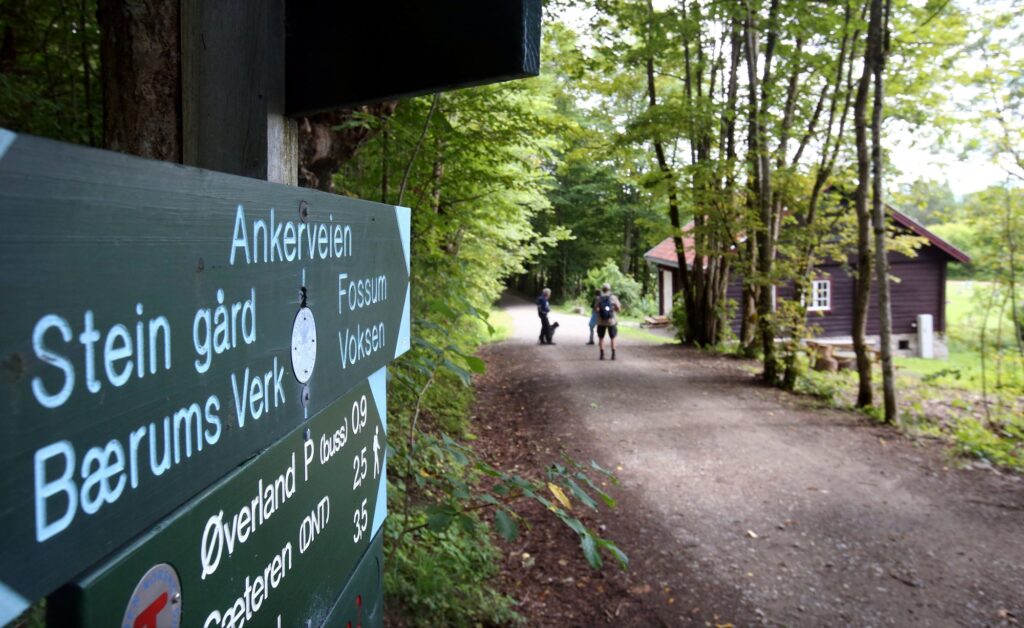
Built in the 1790s by Peder Anker, an ambitious industrialist who needed a road to link his ironworks and sawmills, Ankerveien now sits quietly beneath the trees, a relic of another age that’s been carefully preserved. What was once a supply route is now a gravel path stretching some 20 kilometres, winding its way past ancient woodland and open farmland, not touched by traffic. It doesn’t scream for attention. In typical Norwegian fashion, it just exists, humble, practical, beautiful.
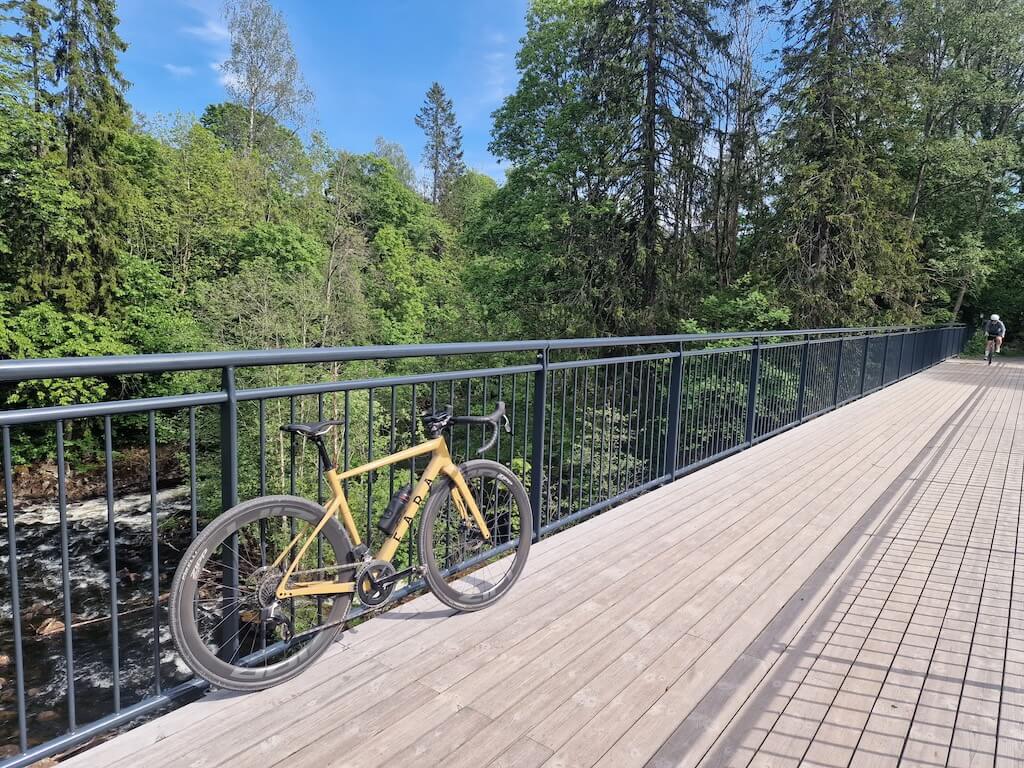
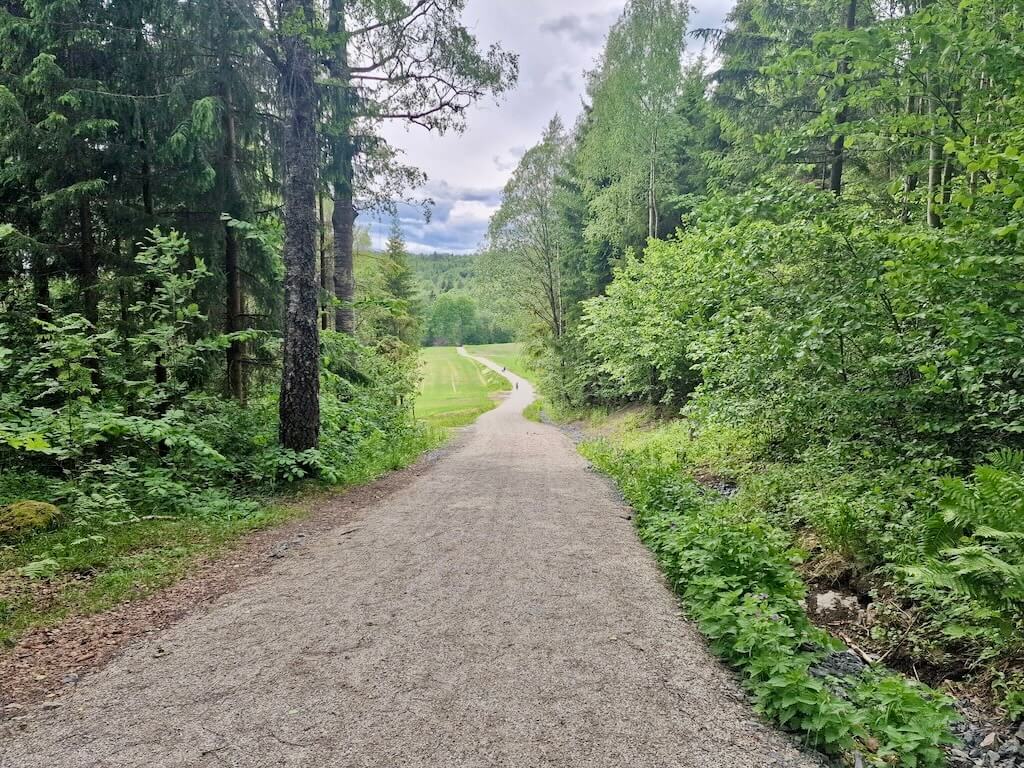
Few people seem to realise what a gift this road is. It’s not just a hiking trail or a pleasant Sunday loop. It’s a secret gravel highway that lets you glide west out of Oslo with barely a trace of the city at your heels. The route begins in the north, brushing close to the edge of the city, before drifting quietly down to Sandvika, a suburb on Oslo’s western edge. From there, you thread through a short stretch of asphalt and suburban sprawl until the noise disappears again, replaced by birdsong and crunching tyres as you enter the forest of Vestmarka.
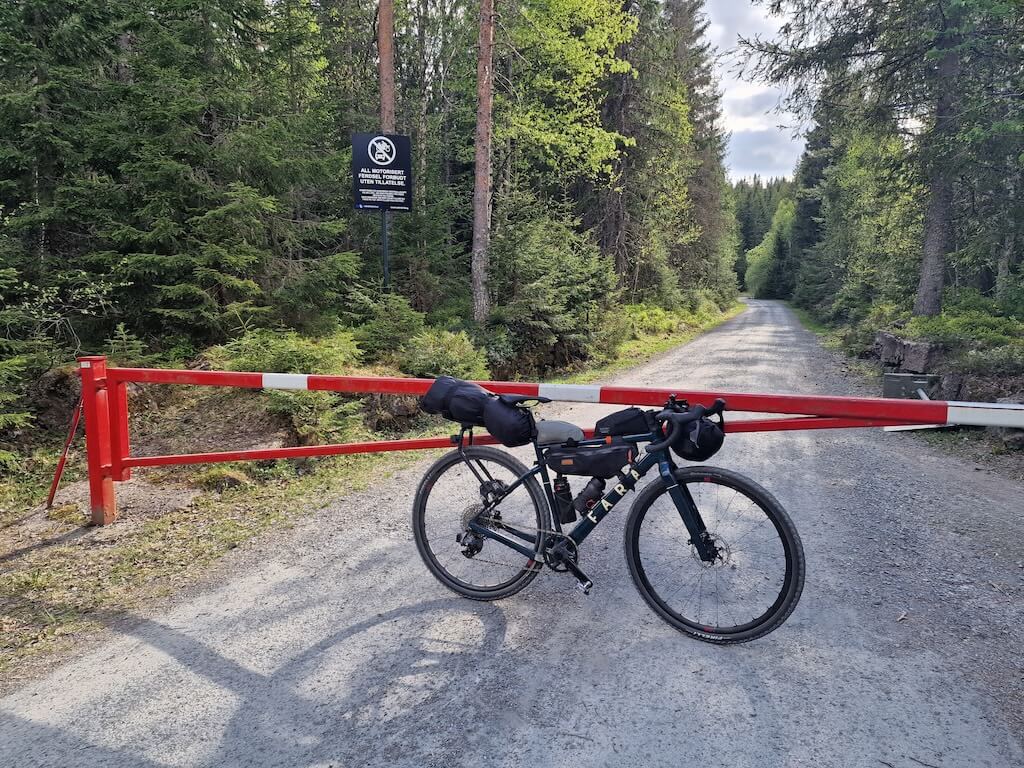
Vestmarka is wilder and less forgiving than Nordmarka. It has fewer gravel roads, and if you don’t plan your route properly, you’ll hit a dead end fast. But this difficulty brings solitude. It’s not a place people stumble across. Once you’re inside, it’s all yours. Five kilometres from Oslo and yet you’re deep in a Nordic forest, alone and alive.
After weaving through Vestmarka, the land opens up. A small village gives you a chance to refill your bottles and breathe before the next challenge: Finnemarka.
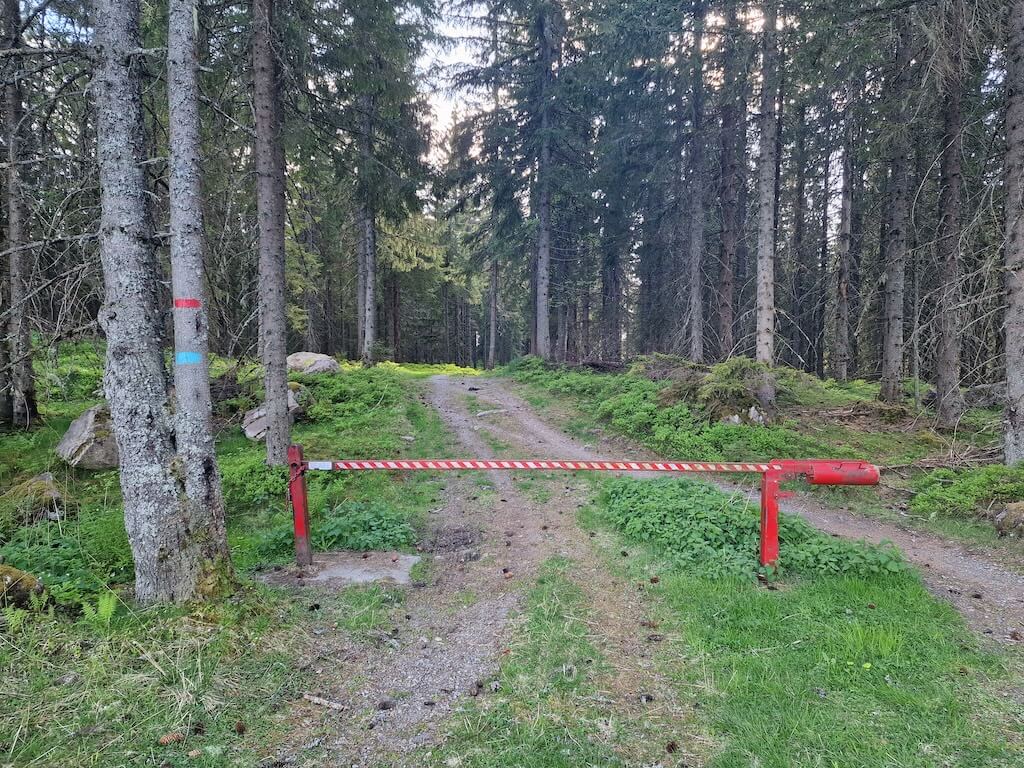
Finnemarka is a beast – three times the size of Vestmarka and around 30 kilometres wide. This is where you settle in. The rhythm changes. You’ll pass still lakes, dense pine, the occasional e-cyclist, and some of the best wild camping spots in southern Norway. It’s around this point, maybe 90 minutes and 40 kilometres in, that it hits you: you’ve left Oslo behind. Completely.
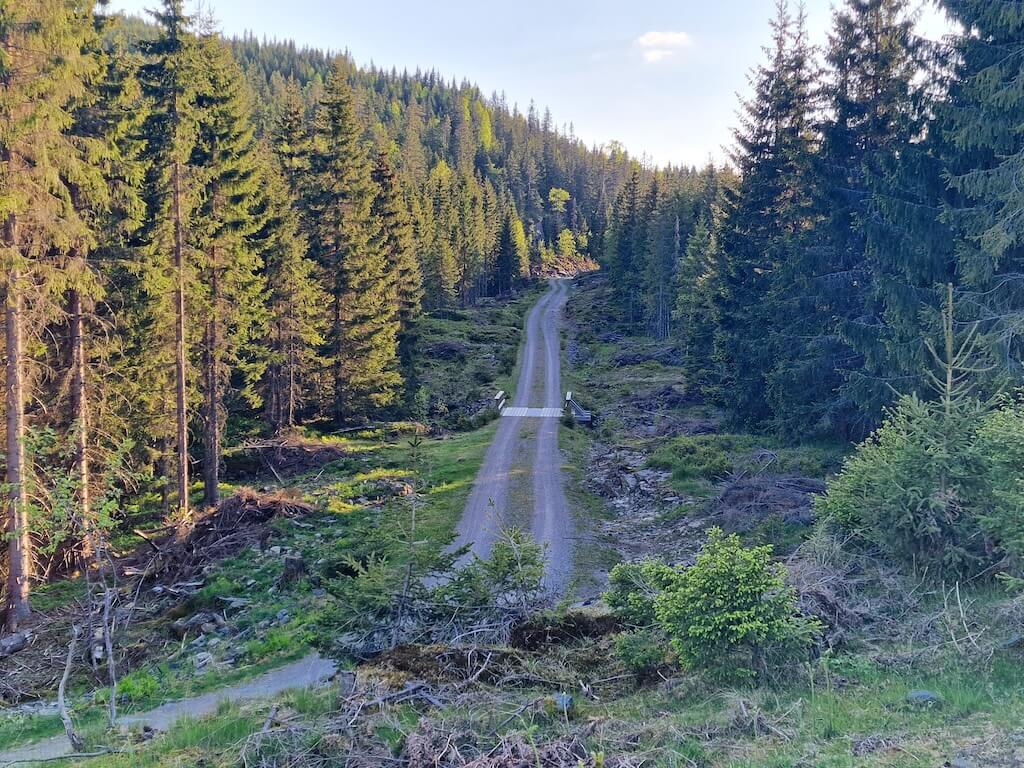
The gravel eventually drops you into Åmot, a quiet town tucked into the landscape, and that’s where the real decision begins. Where next?
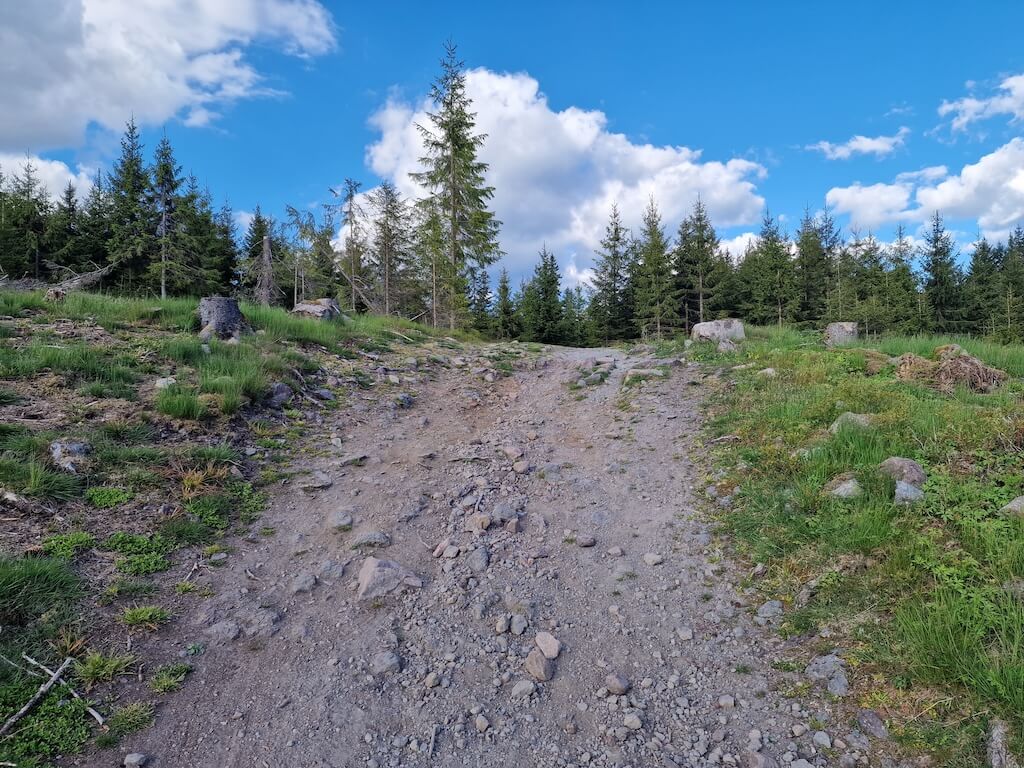
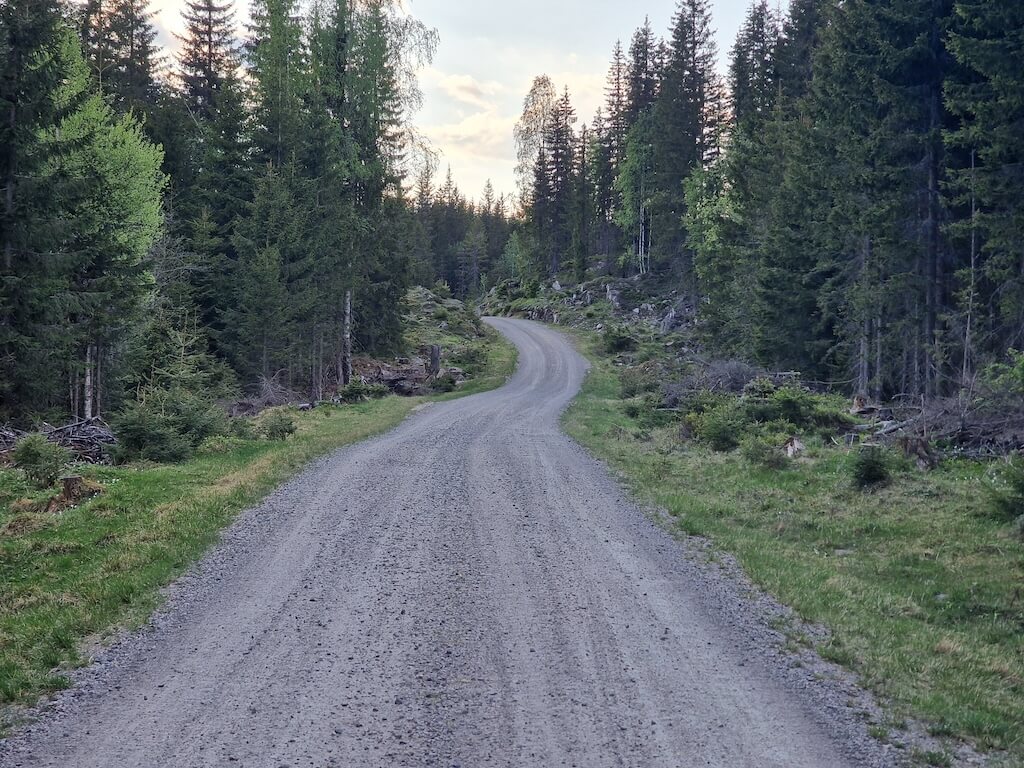
You can turn north and follow National Route 5, east to Route 4, or back southeast on Route 2. But if you’re following Cycle Norway, there’s a different option. You keep going. Into the deep forests. Onto nameless trails. Into the county of Telemark, where the gravel gets rougher and the silence gets louder.
Norway could well be the gravel capital of the world. But that’s a story for another day.
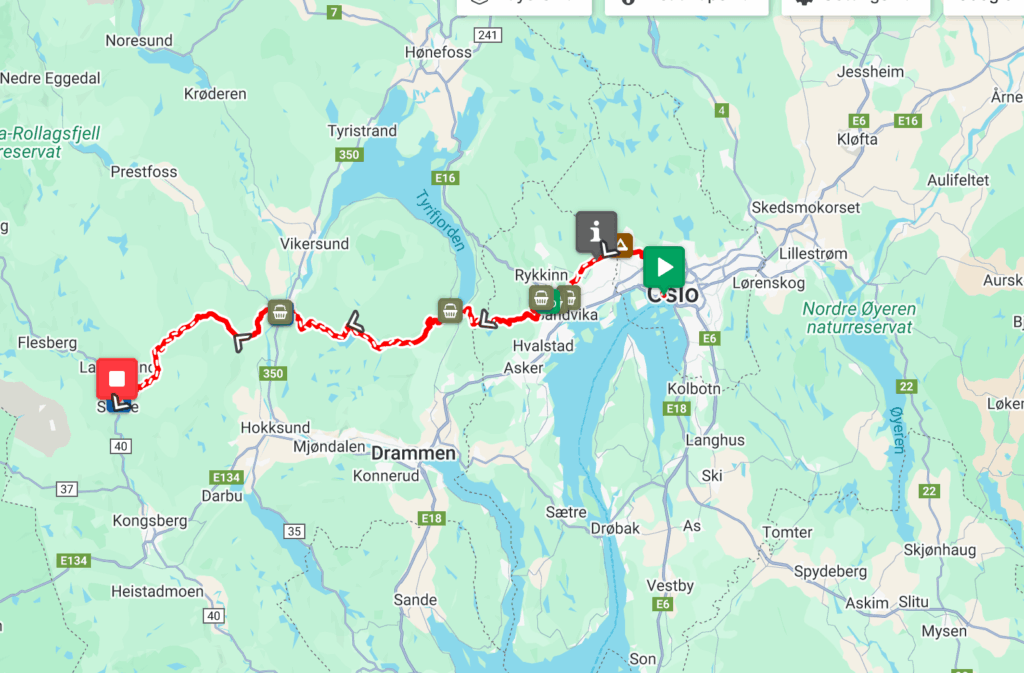

There’s a point, somewhere off the Helgeland coast, where the mainland disappears behind you and the islands begin. Not the tourist-trodden kind with waffle huts
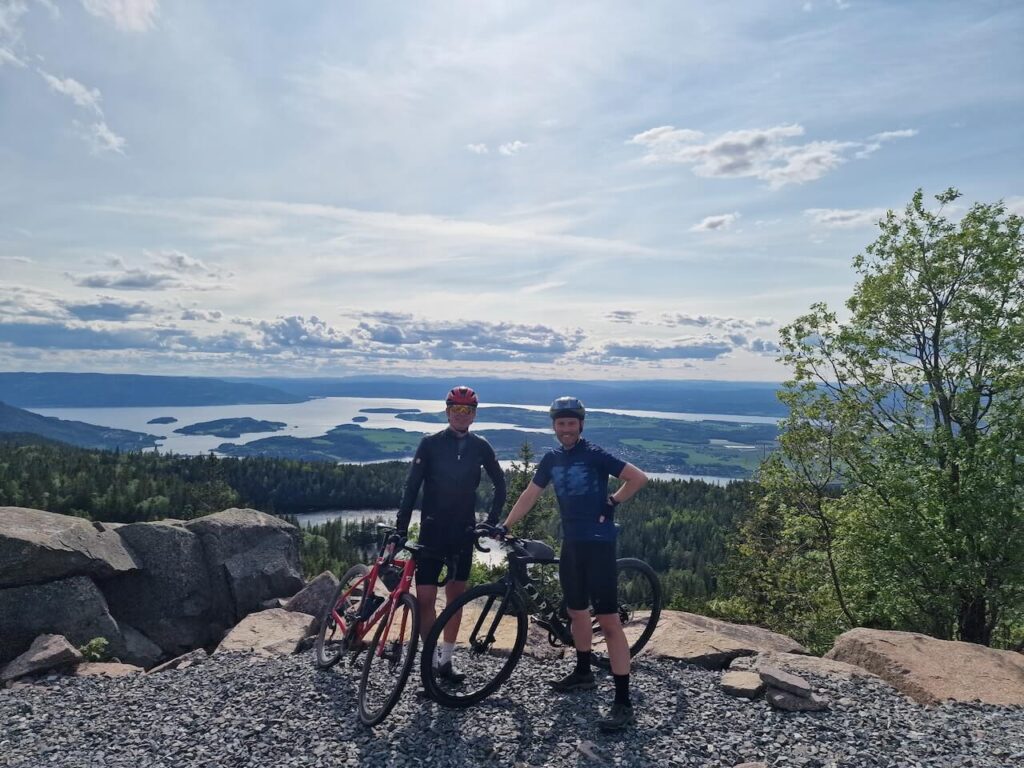
Climb Oslo’s Highest Road: The Hidden Beast of Gyrihaugen If you’re cycling through the Oslo region and think the terrain is all rolling forest paths
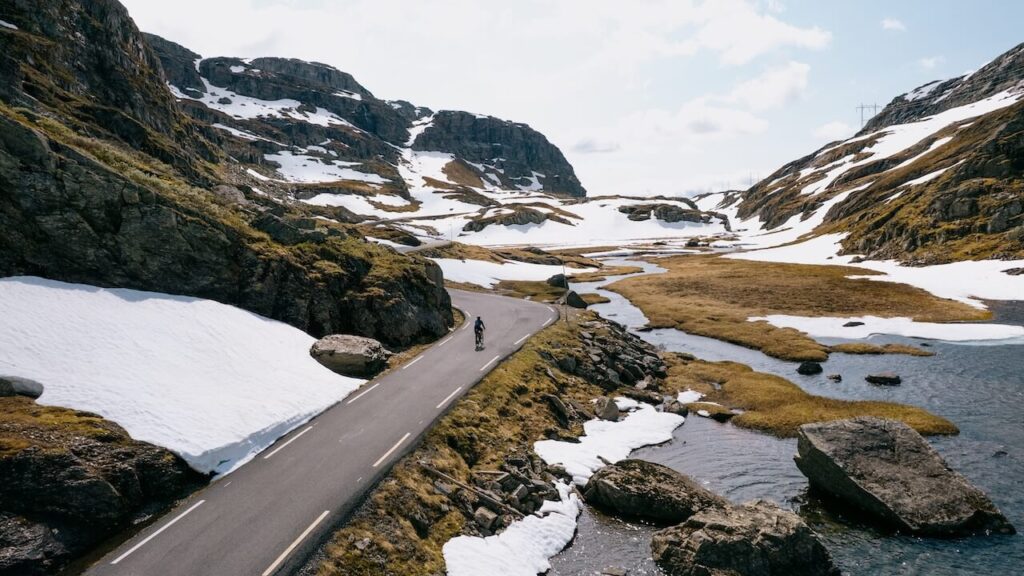
World Class Bike Photography in Norway – Part 2: This blog continues from [Part 1] We hit the road with a rough plan, a beat-up
Cycle Norway is dedicated to making Norway, safer and more enjoyable to experience by bike and to inspire and inform a growing audience of the opportunities available.